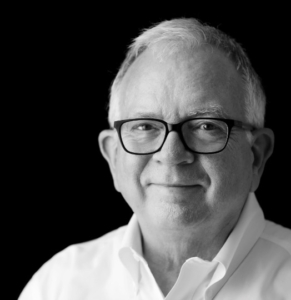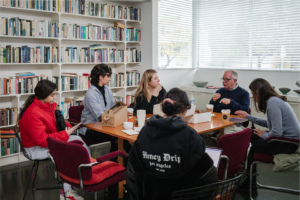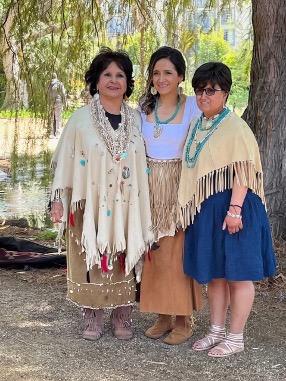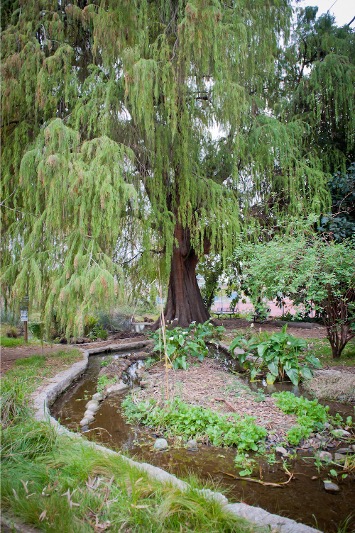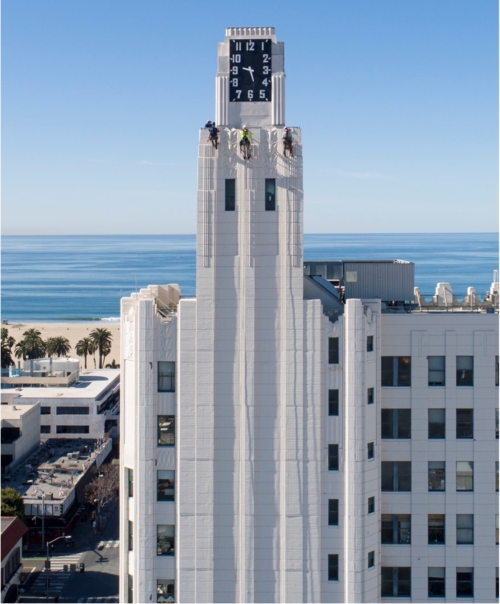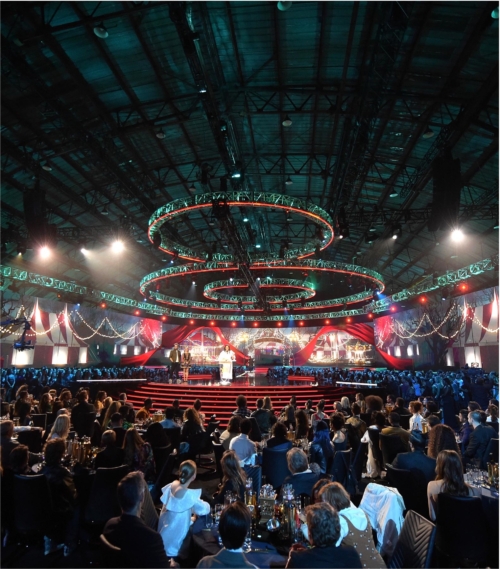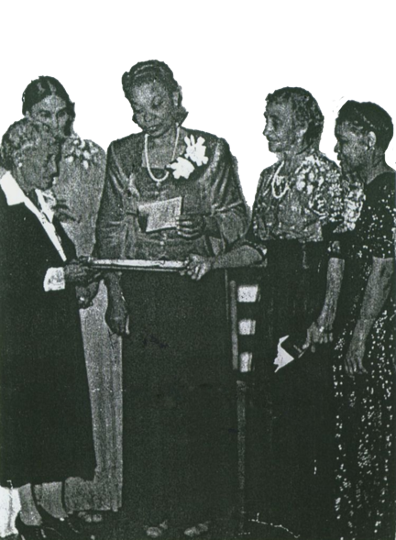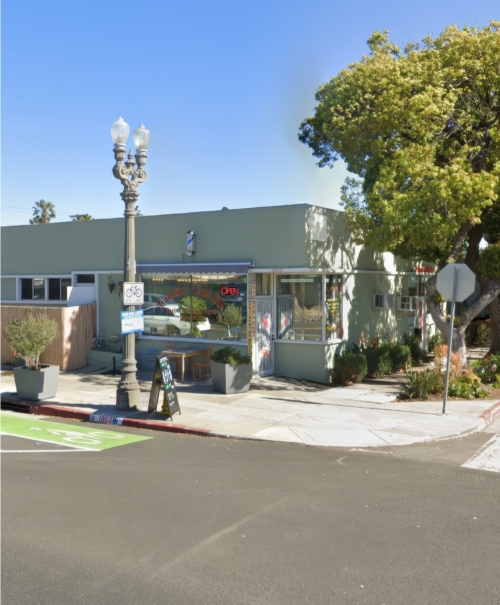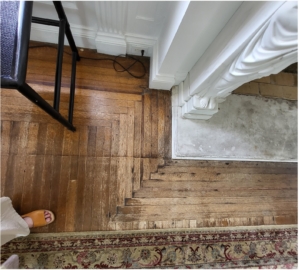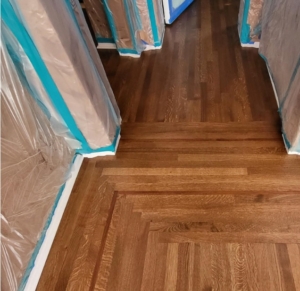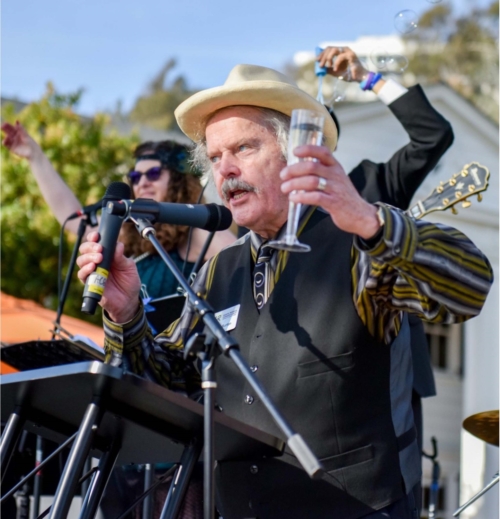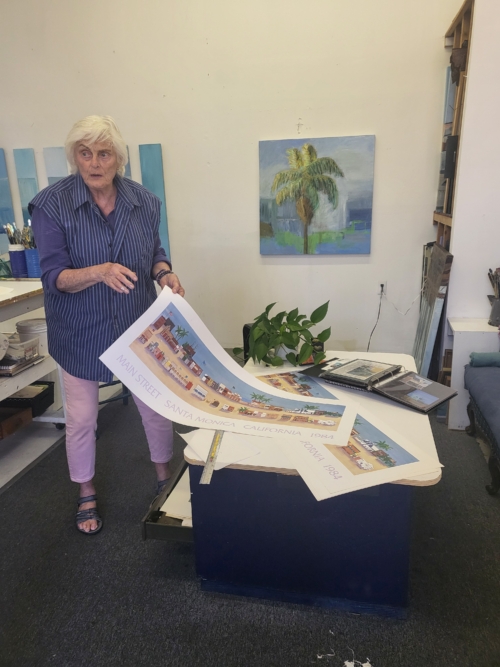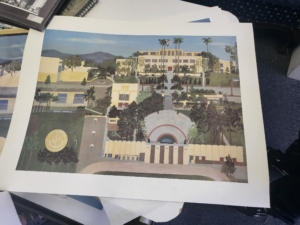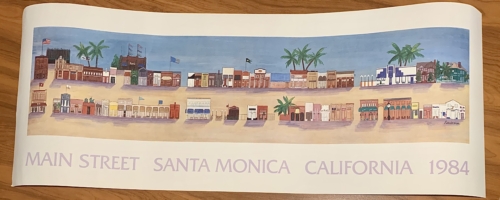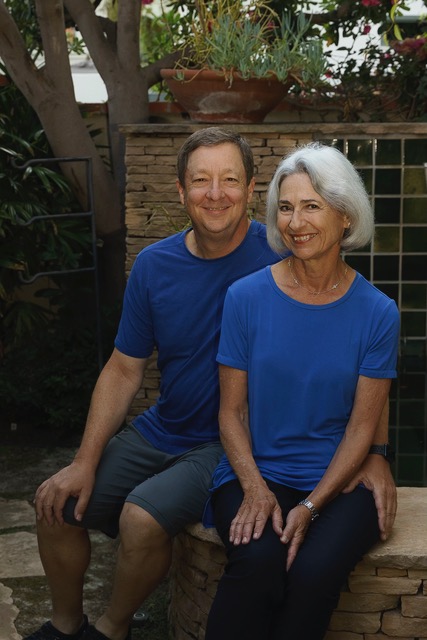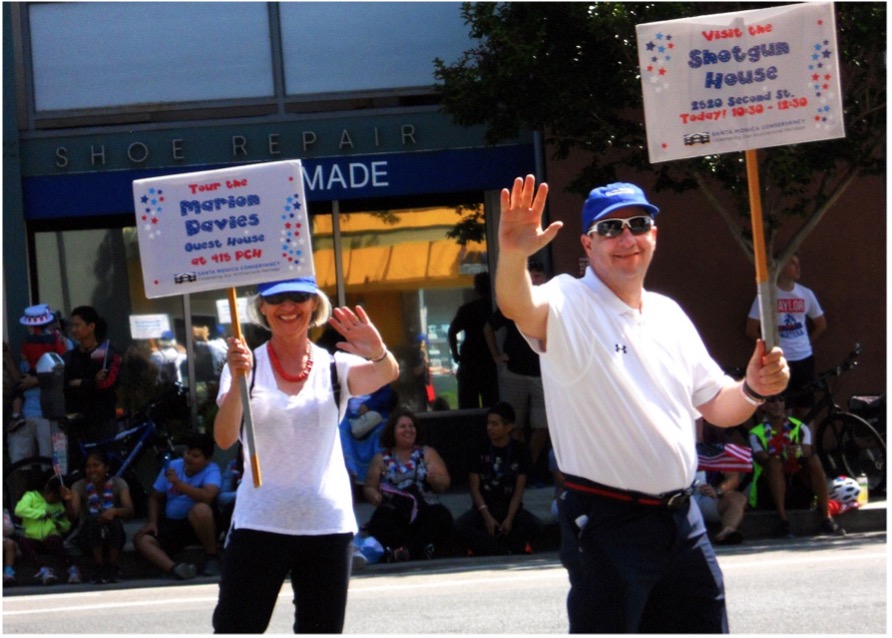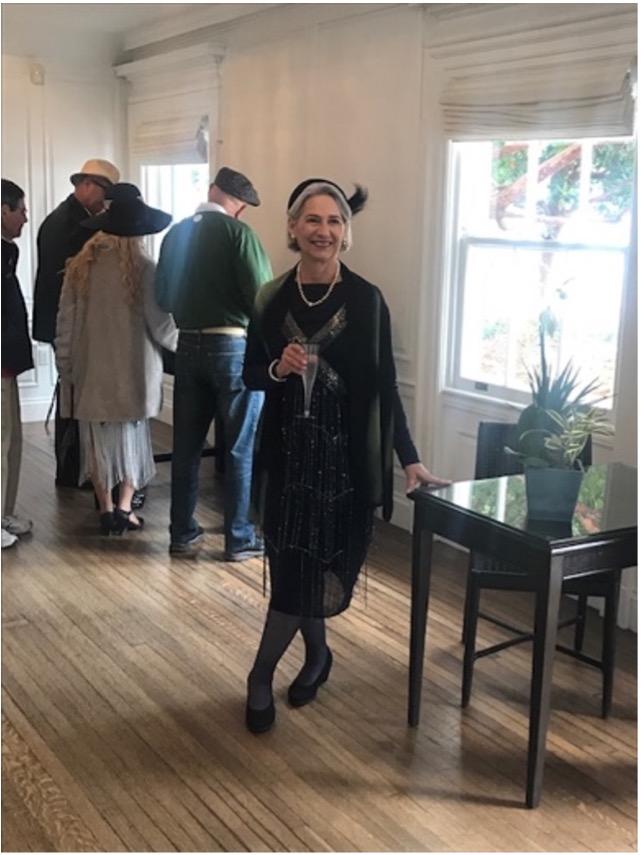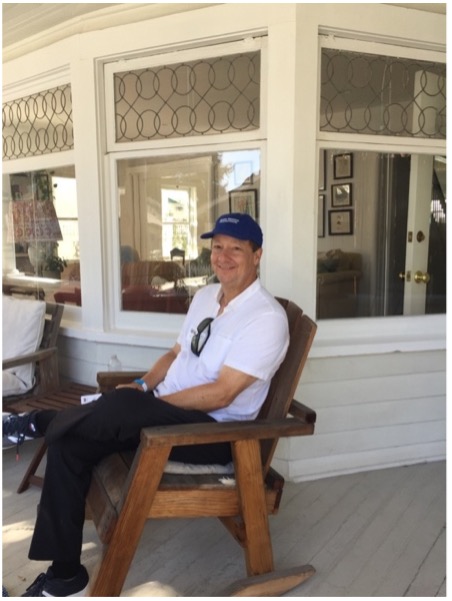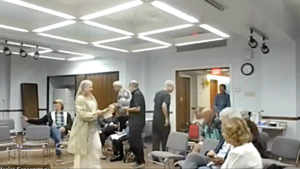Advocacy: Meet the Tucker House

The Tucker House
Edit: On February 10th, 2025, the Tucker House nomination was passed for Santa Monica landmark designation, in a unanimous vote, by the Landmarks Commission.
The Santa Monica Conservancy and Quinn Research Center have nominated the home of Dr. Marcus O. Tucker, the city’s first Black physician, as a Santa Monica Landmark. The nomination of 1958 20th Street, the Tucker House, will be heard at Landmarks Commission on Monday, February 10th at 7 p.m., Item 6A. We are happy to share that City staff and its historic resource consultant have also recommended landmarking the residence, acknowledging its architectural, cultural, and historical significance associated with Santa Monica’s African American community.
Designed by Paul Revere Williams, a distinguished architect and first Black member of the American Institute of Architects (AIA), built in 1937 by prominent African American general contractor Wince V. King.
The house at 1958 20th Street is architecturally notable as a distinguished example of the American Colonial Revival style applied to a single-family residence.
Meet the Tuckers
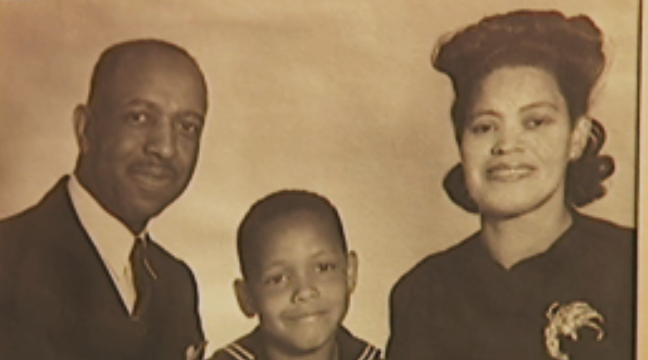
The Tuckers (left to right) – Dr. Marcus O. Tucker Sr., Marcus O. Tucker Jr., and Essie McLendon Tucker | Source: History Makers
In recognizing the historical and architectural significance of the Tucker House, the nomination raises awareness of the community impact of Dr. Tucker and his family, including his wife Essie McLendon Tucker, his son Marcus O. Tucker Jr., and his son’s wife, Indira Hale Tucker.
Dr. Tucker began his medical schooling in Missouri, but since Black people weren’t allowed to work in that state’s hospitals, Marcus finished his training at Meharry Medical College in Nashville, Tennessee, where he met Essie.
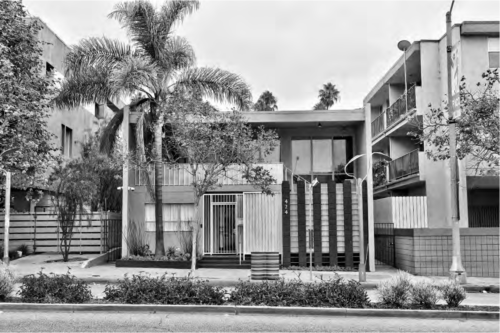
Tucker Medical Office Building at 424 Pico Boulevard was designed in the Mid-century Modern style. Source: Photograph by Jason Abraham Belmar History + Art – Public Art Archive
They moved to Santa Monica in 1931 and Dr. Tucker soon opened a practice in the Murrell building at 402-404 Pico Boulevard. In 1940, he built his own medical office building up the street at 424 Pico Boulevard about a mile west of the Tucker’s home.
Dr. Marcus O. Tucker served on the staffs of Santa Monica, Culver City, and St. John’s Hospitals, where he treated patients until his passing in 1944. In addition to his substantial medical practice, Dr. Tucker engaged in civic and community projects to make life better for African Americans in Santa Monica and the region.

Essie McLendon Tucker
Source: Quinn Research Center
Essie McLendon Tucker was an elementary school teacher, businesswoman, and property developer. After earning her teaching credentials at UCLA, she taught in Los Angeles while running the family real estate business, including the development of two apartment buildings at the corner of 20th Street and Virginia Avenue.
Essie also owned the Shore Hotel in Downtown Santa Monica from 1957 until she sold it in 1986. As her husband did, Essie sought to improve the lives of Black people. In the 1940s, she served as president of the NAACP Santa Monica-Venice branch. Her work housing visiting African students at UCLA earned her an invitation to Nigeria’s independence celebrations in 1960.
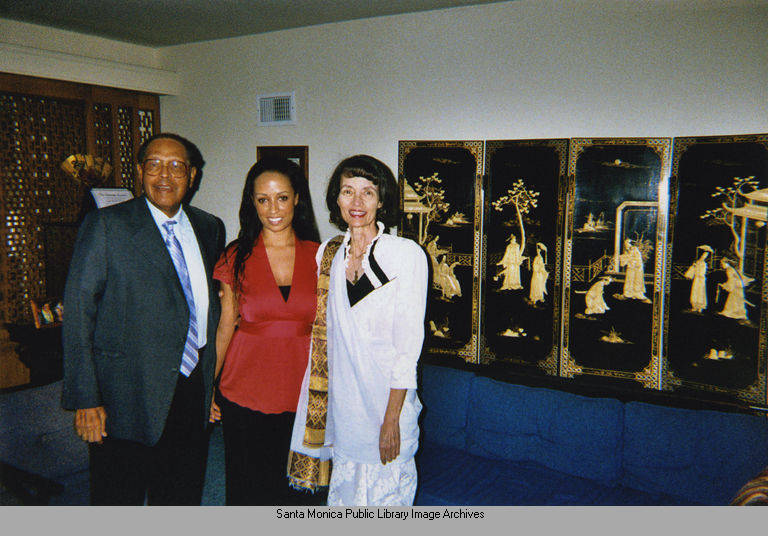
Judge Marcus O. Tucker with his daughter Angelique Stephens and wife Indira Hale Tucker.
Source: Santa Monica Public Library
The Tuckers’ son, Marcus Jr., became the first Black deputy city attorney in Santa Monica (1963-1965) and the first Black judge appointed to the Long Beach Municipal Court (1976). His wife, Indira, was a community activist and historian who later co-founded the African-American Heritage Society in Long Beach and established the Marcus O. Tucker Jr. Collection at Santa Monica’s Main Library.
Learn More
- Visit the Bel Mar + Art commemoration at the corner of Pico and 4th Street to experience the heritage of Santa Monica’s African American community.
- Discover more about Black History in Santa Monica, by reading Reconstruction and Reclamation by Dr. Alison Rose Jefferson.
- See more projects by architect Paul Wiliams at the Paul Revere Williams Project, dedicated to expanding public knowledge about his extraordinary accomplishments.
